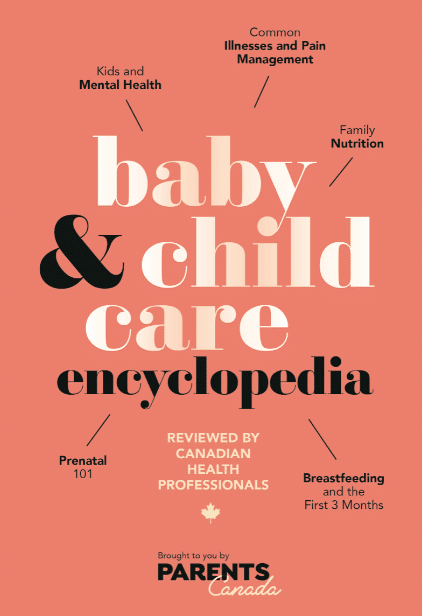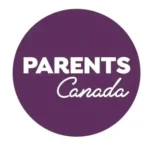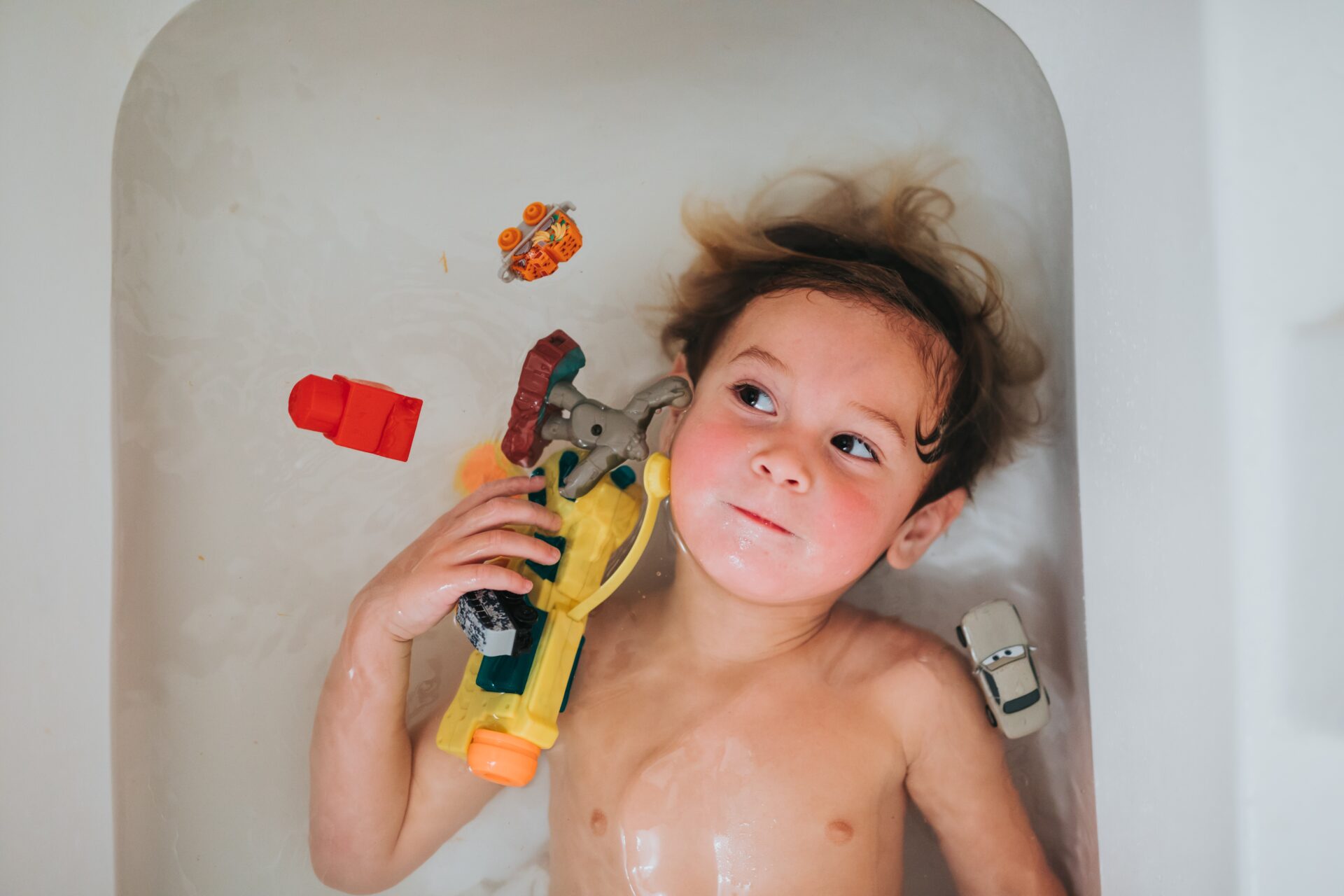advertiser-bcce
 From the pages of the Baby & Child Care Encyclopedia: Chapter 8, Safety and First Aid
From the pages of the Baby & Child Care Encyclopedia: Chapter 8, Safety and First Aid
Equipment, toys, cars…all of these (and more!) require that parents pay close attention to the safety of their kids. Having a basic knowledge of how to keep children protected in certain situations can provide excellent peace of mind to Moms and Dads.
Equipment safety
- Always follow manufacturer’s instructions for assembly, installation, use and repair.
- Consumer and Corporate Affairs Canada issues safety guidelines that govern many products for children. Although these guidelines provide considerable protection, there is no substitute for your own careful inspection and judgment.
Toy safety
- Be aware of appropriate toys for each age group.
- Canadian Standards Association (CSA) and Canadian Toy Testing Council can recommend toys for various ages.
- Health Canada publishes advisories, warnings and recalls for toys.
Car safety
- Make sure car seats meet federal and provincial/territorial legislation.
- Approved child-restraint systems (car seats, booster seats) are required by law.
- Refer to Transport Canada for further information.
Fire safety
- Ensure smoke detectors are placed in all areas required by your local fire department or other agency that regulates fire safety in your region.
- Fire escape plan should be practised several times a year.
Ice and water safety
- Nearly all drownings of babies occur in bathtubs during a momentary absence of supervision by an adult. Bathtubs are the second-leading location for drownings of children ages one to two.
- 50% of swimming pool fatalities in residential pools are toddlers aged one to four. Almost all occur in pools with inadequate safety gates and during the absence of adult supervision
- When boating, you must have correctly sized Transport Canada or Canada Coast Guard approved personal flotation devices (PFD) or life jackets on board for each person aboard.
- Ice must be at least 15 centimeters (6 inches) thick to support a person. It should be solid, clear blue and not covered in snow before being walked on.
-
-
- Prenatal 101
- Breastfeeding and the First Three Months
- Starting Solids and the Toddler Years
- An Age-by-Age Guide to Sleep
- Family Nutrition
- Kids and Mental Health
- When Your Child is Sick
- Safety and First Aid
- Milestones, Checklists and Charts



 From the pages of the Baby & Child Care Encyclopedia: Chapter 8, Safety and First Aid
From the pages of the Baby & Child Care Encyclopedia: Chapter 8, Safety and First Aid